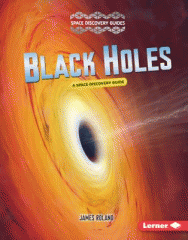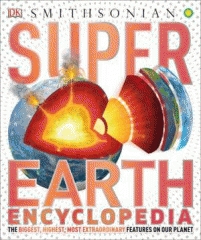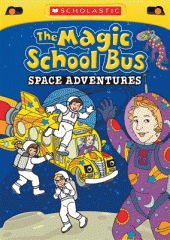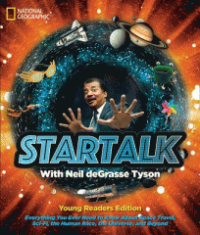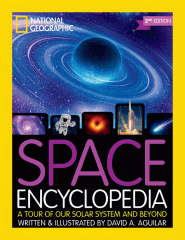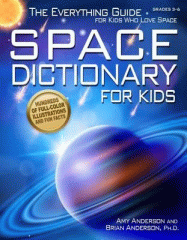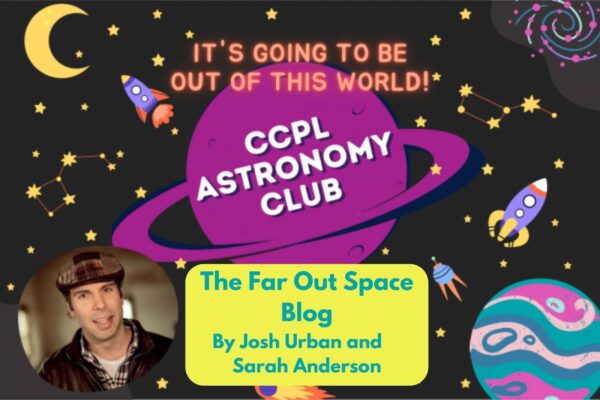
Well, howdy, Earthlings. Welcome to The Far Out Space Blog!
Previously on the CCPL Astronomy Club – Summer stars and constellations like Vega and Hercules are on the rise, and we learned to find them in the sky. The Northern Lights have been in the news, so the sun – the cause of the aurora – was a “hot topic” (groan! Double groan if you’re a mall kid.) The conversation was rollicking as usual, with topics ranging from the zodiac constellations, to“water bears” (Tardigrade) surviving in space, to what it would be like to fall into a black hole. The term “spaghettification” is not stretching the truth, if we’re talking puns.
Don’t miss the season finale of the astronomy club on Thursday, May 25th, at 6 pm. (Bring your friends, too!)
In the meantime, check out this info, and keep looking up.
Sky Happenings and How to See Them
With warmer weather, it’s a great time to get outside and catch some views.
Can you spot any Summer constellations? Look to the east to spy Hercules, Corona Borealis, and the blue-white Vega, the “summer star” rising. Summer is on the way. It’s written in the stars! You might try downloading a free app like Star Walk 2, or check out this map from Skymaps.com for a detailed view.
The Northern Lights have been in the news lately. This spooky glow over the north (and south) poles is caused by charged particles from the sun slamming into the upper atmosphere. The sun has an eleven-year “season” or cycle of activity, ranging from quiet (solar minimum) to busy (solar maximum), with lots of flares and other energetic happenings. We’re on the upswing, and the party is getting started on our nearest star. More Aurora Borealis is a result, and is sometimes even visible at our latitude! Dig this video for a great explanation.
The sun throws a lot of radiation our way. It’s called “solar wind”. (The earth’s magnetic field shields us from most of it, and good thing, too. It’s super energetic.) It varies, and we call it space weather. Click here to learn about space weather alerts and forecasts.
Things to Investigate
My 97-year-old grandma said to me “Wow, there’s always something going on in space, isn’t there?” She’s so right! There are worlds upon worlds of things to learn and get excited about. Here are a few cool places to start, related to what we were talking about at the last meeting.
One way or another, there’s always something fascinating out there. Start wondering as much as you can. And hey, don’t forget to swing by your local library (hint hint) and check out a book or three that catch your interest. Read up!
Until Next Time
Enjoy the warm spring nights and glittering sights overhead. See if you can spot Venus in the west and Vega in the east in the evenings, Polaris in the north anytime, and Saturn in the southeast before dawn.
Sign up for an aurora alert, check out the space weather forecast, and chase down a topic that you think is nifty.
As always, if you have any questions, have your parents help you send a note to JoshUrban[at]Protonmail[dot]com.
Don’t forget to say hello to the good folks at the Southern Maryland Astronomical Society, and visit their observatory in Nanjemoy.
Keep looking up!
Clear skies,
Josh
CCPL Astronomy Club is held on the last Thursday of every month, September through May.
Register today to join us next time for our last session of the year on May 25th at 6pm.
In the meantime check out some of these awesome books you can get from the library as well as some other great resources to learn more about this month’s topics!
Super Small: Miniature Marvels of the Natural World by Tiffany Stone
Did you know that some of the smallest creatures on Earth have real-life superpowers? The minute oribatid mite can lift more than 1,000 times its own weight. A tiny type of salamander (called an axolotl) can regrow body parts. And the almost microscopic tardigrade? It can survive practically anywhere, even in outer space!
Black Holes: A Space Discovery Guide by James Roland
This book explores the latest discoveries about black holes while also exploring various theories and discoveries throughout history and even looking into the future.
What is a black hole? — The black hole at the center of the Milky Way — Kaboom!, when black holes collide — What’s on the horizon? — Black holes just wanna have fun: they burp, they blow bubbles, and they play in galactic sandboxes.
Super Earth Encyclopedia by John Woodward
Learn all about the Aurora Borealis in this book that presents a tour of Earth’s natural structures, weather patterns, ocean phenomena, and constantly changing features.
Gets lost in space (topic: the solar system); Arnold’s know-it-all cousin gets Ms. Frizzle’s class lost in outer space. Out of this world (topic: space rocks): When an asteroid heads straight for the school, Ms. Frizzle arranges a field trip into space. Gains weight (topic: gravity): Ms. Frizzle takes the class into space and turns the bus into a planet with adjustable gravity. Plays ball (topic: forces): Ms. Frizzle combines physics and baseball into a “frictionless baseball game”.
Startalk: With Neil Degrasse Tyson: Everything You Ever Need to Know About Space Travel, Sci-Fi, the Human Race, the Universe, and Beyond by Neil Degrasse Tyson
StarTalk is both a podcast and a National Geographic television program, in which host Neil deGrasse Tyson and his celebrity guests tackle provocative subjects in science. This companion volume features interesting photos, smart scientific facts, and witty commentary. Tyson looks at the most confounding mysteries of Earth, space, and what it means to be human. He attempts to answer all of your most pressing questions, from how the brain works to the physics of comic book superheroes.
Space Encyclopedia: A Tour of Our Solar System and Beyond by David A. Aguilar
The updated and expanded edition of the hit Space Encyclopedia presents the most up-to-date findings on space exploration and research and breathtaking views of the universe, as captured by the latest and greatest technology, including the recent first ever image of a black hole. This complete reference contains everything kids need to know about our sun and planets including the new dwarf planets, the formation of the universe, space travel, the possibility of life beyond Earth, and more.
Space Dictionary for Kids: The Everything Guide for Kids Who Love Space by Amy Anderson and Brian Anderson, Ph.D
Packed with hundreds of illustrated definitions about astronomy and space, Space Dictionary for Kids is certain to spark any kid’s enthusiasm for the solar system and galaxy. Explore cosmology, stars and galaxies, the solar system, space exploration, and exoplanets and astrobiology. Hop on an astronomy timeline to learn the story of how primitive ancient beliefs evolved over centuries to become a high-technology science. Crack up over the humorous sidebars that expand on the topic of space with examples, explanations, diagrams, quizzes, and even short activities to enhance understanding.



